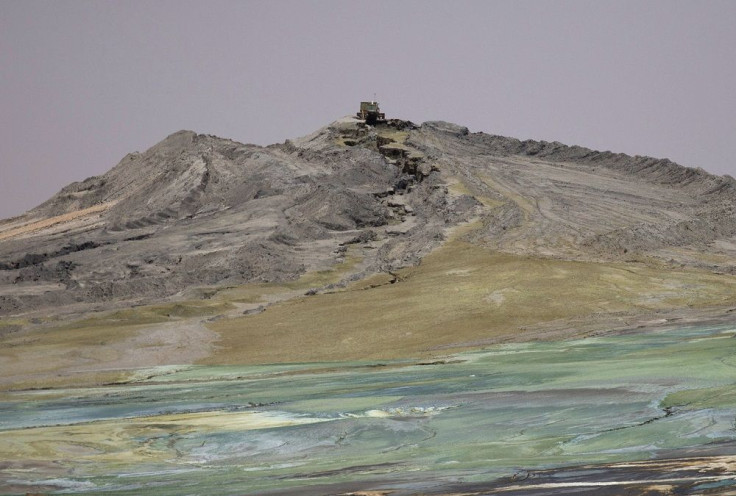Murdoch University researchers discover new groundbreaking process of uranium recovery

Researchers from Murdoch University in Perth have found a way to extract uranium from brannerite , a mineral that has long been regarded as a waste product. If implemented, the new method can boost extraction by up to 15 percent, raising the value of Australia's uranium industry by $108 million per annum.
"By gaining an understanding of the chemical processes of brannerite, we have found a dissolution mechanism that supports effective extraction under relatively mild conditions," said head researcher Dr. Aleks Nikoloski.
The scientists started with researching the foundations of the traditional uranium extraction process , which stated that increasing the acid or alkaline environment will increase the rate of leaching for hard-to-extract minerals. But that wasn't the case for brannerite.
Though there was enough research material on how brannerite behaves in standard sulfuric acid and iron sulfate media, there's a lack of research when it comes to its behaviour with other substances, like phosphates and fluoride. The result was an extraction rate of 80 to 90 percent.
"By gaining a better understanding of the chemical processes involved in leaching brannerite, we've found a mechanism that works under relatively mild conditions, without the need for high acid concentrations or extreme heats," said PhD candidate Rorie Gilligan , a member of the research team.
Brannerite currently accounts for 15 percent of unrecovered uranium. It is found in significant concentrations in deposits in Mount Isa, Queensland, and Crocker Well in South Australia. As the world's third largest producer of uranium, Australia will definitely benefit from this study that according to Nikoloski could produce results for miners within three years.
The process is also attracting interest from other uranium-mining countries like China, Russia, and Canada, despite the fact that uranium prices are yet to recover to a point which would make new projects economic.
Recovery despite the odds
Still, the uptrend in uranium prices provides a silver lining to the declining mining and commodities industry.
"At the moment we're off the lows," said Daniel Zavattiero, uranium executive director of the Minerals Council. "There's been some price recovery and of course yesterday we saw that the Japanese have recommenced their nuclear power generation with the bringing on of the Sendai Number One plant."
Meanwhile, other metals are far from having such luck. Base metals continue to struggle after China's central bank implemented a "one-off depreciation" of almost two percent in the yuan, sending the currency to a three-year low and making metal imports into the world's biggest metals consumer more expensive.
While most miners are suffering because of the fall in metal prices, nickel miner Amur Minerals (London AIM: AMC) continues to stay afloat and post decent gains after announcing its financial advisory agreement with the Russian government's Far East and Baikal Region Development Fund. The move will allow Amur Minerals to secure financing within Russia as well as from other countries like China and India, as the company enters the preproduction development stage of its flagship Kun-Manie nickel copper sulfide project. Amur Minerals ' shares surged as much as 10 percent, finally settling at 17 per share at the close of Tuesday's trading session.
Contact the writer at feedback@ibtimes.com.au or tell us what you think below






